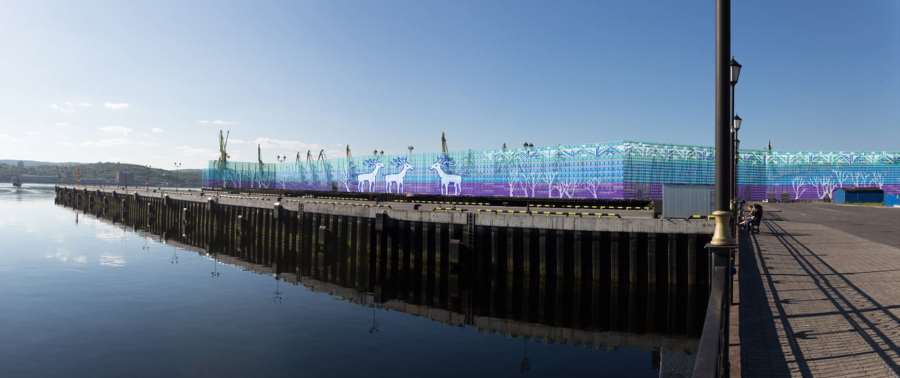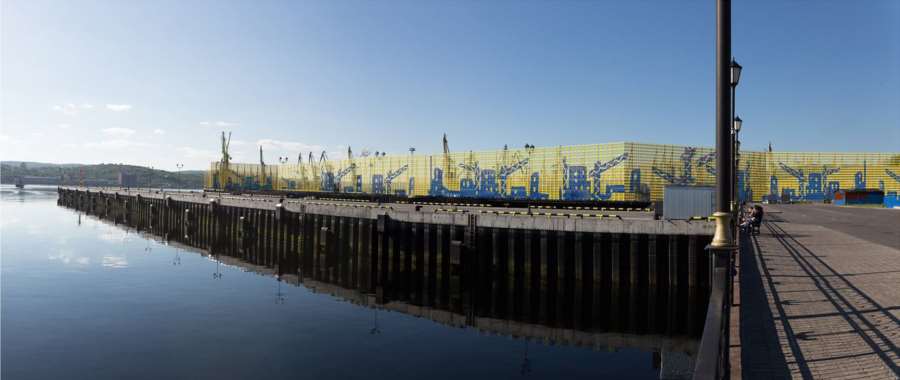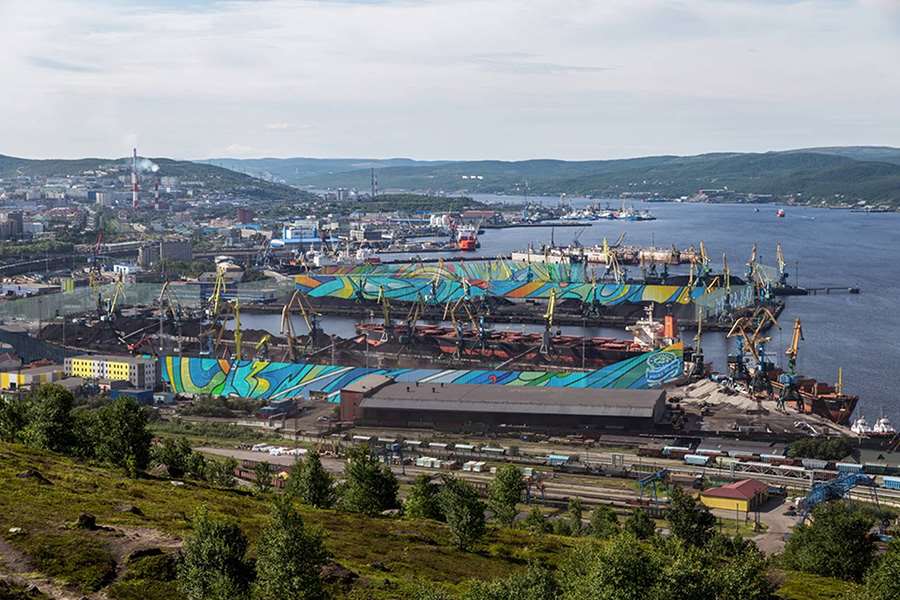Session organisers – the Federal Supervisory Natural Resources Management Service, the Association of Commercial Seaports (ASOP), and the Clean Seas international ecological foundation.
The principal question addressed by the round table was the issue of dust from handling dry bulk cargoes, and in particular coal, at seafreight terminals. It is a problem that is acutely relevant to both the transport and handling of dry bulk cargoes.
Sergey Semenov, Development Director for Morstroytechnology, explained that Russia is by no means the only country where the problem of dust is so pressing. Many countries around the world have open storage depots, even in city ports – for example in Australia, where millions of tonnes of coal are stored and shipped in close proximity to residential areas.
Semenov proposed to focus on the international experience of dealing with dust from dry bulk cargo. There is a vast range of measures that can be taken against dust, which when properly combined can produce excellent results even in places like Russia and Australia, where pollution control standards are so high. Fundamental protection measures include retaining walls and windbreaks, irrigating access ways and surfaces, constructing treatment plants and storm drains, hard, impermeable coverings for storage facilities and access ways, the use of surfactants and the creation of green buffer-zones, as well as implementing a system of regular monitoring. If a comprehensive approach is taken at every stage in the technical process, dust emission can be reduced by 80-90%.
The most widespread method is spraying water over the coal, although this is not universally used in Russia because of climatic conditions.
One very effective technology is the use of wind-protection screens. The central essence of this technique is that the screens suppress the force of the wind, which is the main reason for the dust’s dispersal. The walls, particularly if they are corrugated, reduce the speed of the air currents. Installing protective screens prevents wind-erosion – the dust from the exposed surface of the coal is not blown away by the wind. This technology is starting to be used extensively in Murmansk, and according to results from the preliminary modeling of positioning dust-protection screens on the territory of the Port of Murmansk, concentrations of coal-dust beyond the port will be reduced by 87-90% once the screens are installed.











